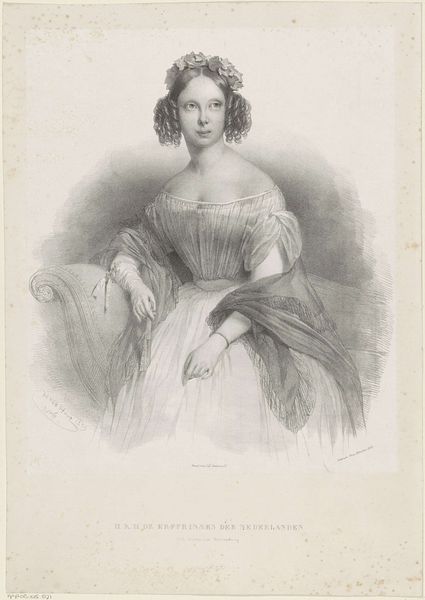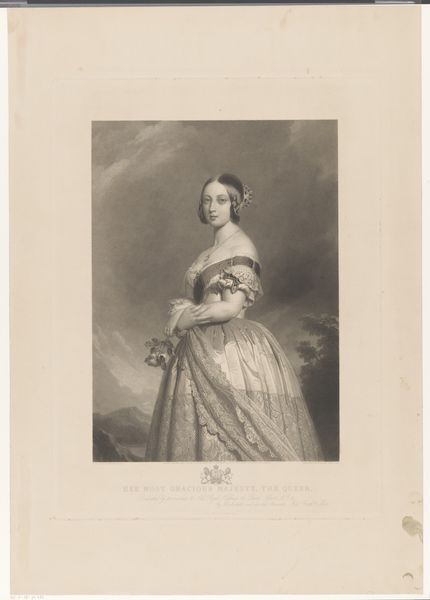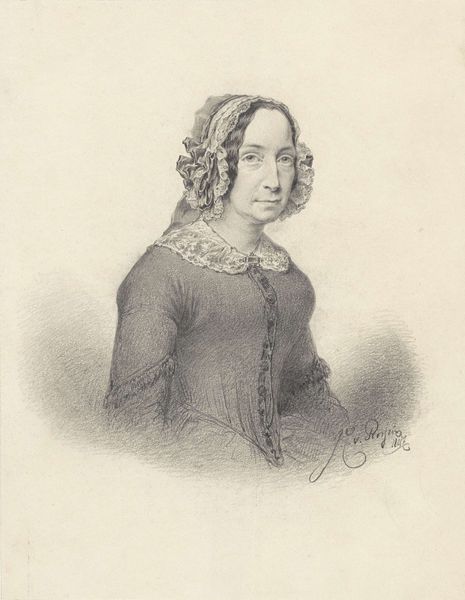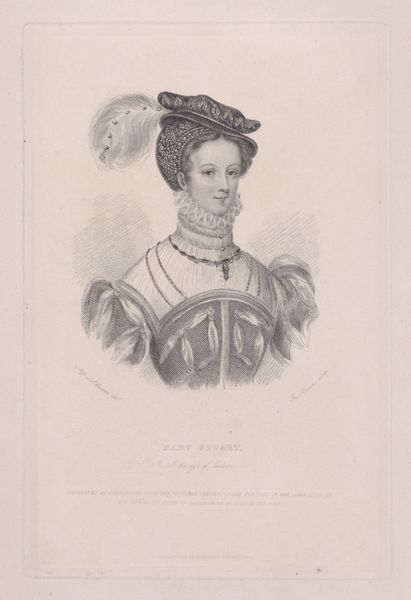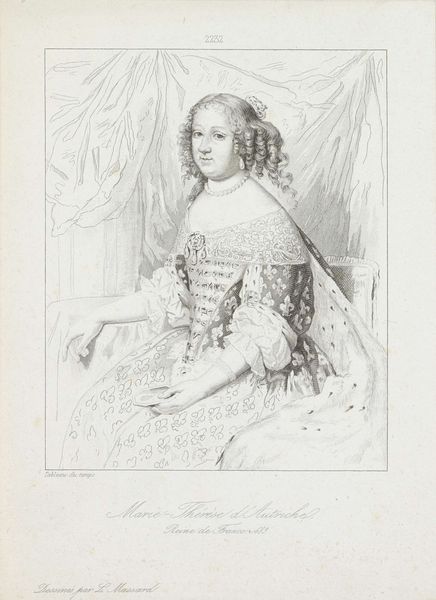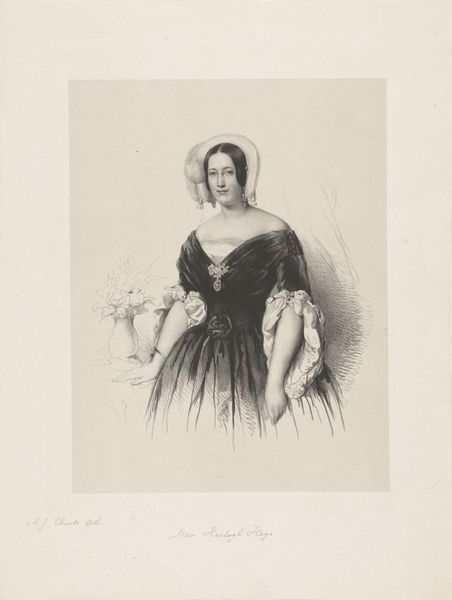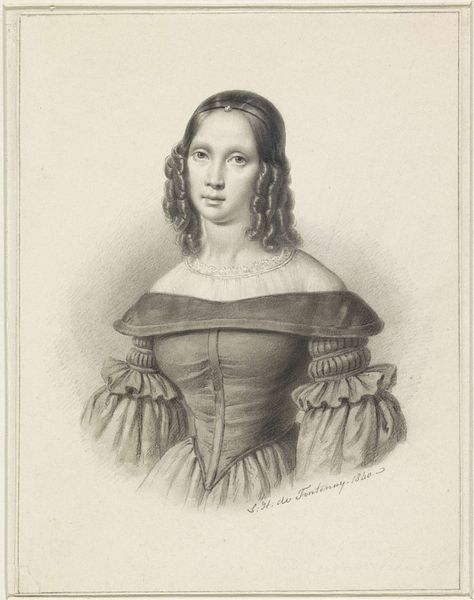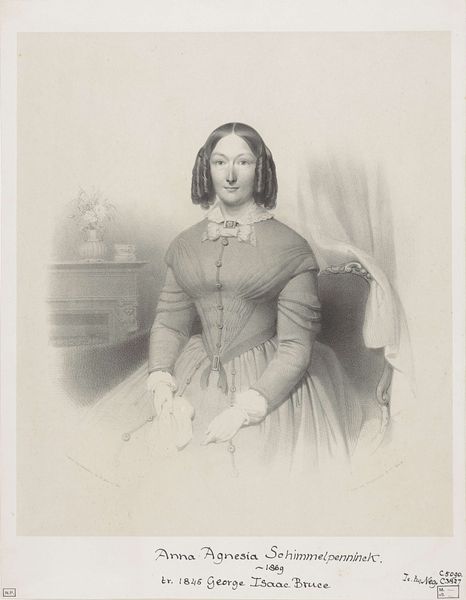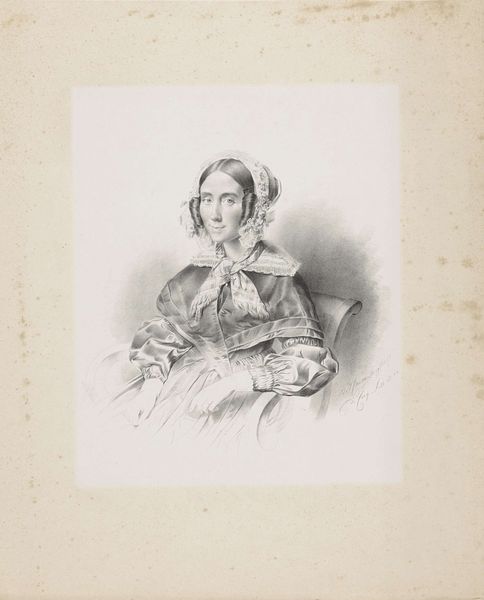
drawing, pencil, graphite
#
portrait
#
pencil drawn
#
drawing
#
pencil sketch
#
charcoal drawing
#
pencil drawing
#
pencil
#
graphite
#
academic-art
#
graphite
Dimensions: height 210 mm, width 144 mm
Copyright: Rijks Museum: Open Domain
Editor: Here we have Johann Wilhelm Kaiser’s "Portret van Klara," created sometime between 1823 and 1900 using pencil and graphite. The detailing of her dress is impressive! How should we approach the interpretation of this work, considering its social context? Curator: This portrait exists within a historical framework of burgeoning middle-class portraiture. What social statements do you think are embedded in representing this particular sitter this way, particularly considering the emerging public role of art at that time? Editor: Well, the emphasis on detail and her elegant attire suggests an aspiration to portray her as a woman of status, right? Perhaps to assert social standing? Curator: Precisely. Consider the rise of the Rijksmuseum itself, during the 19th century. How did the establishment of public museums affect artistic production and what did portraits such as this mean in this context? Did the rise of these institutions and this type of art democratize representation or reinforce existing hierarchies? Editor: So, displaying a portrait like this in a museum wasn't just about the art itself; it was about reinforcing the sitter's social place, as well as about what this portrait represents and meant to the general public, including notions of wealth and beauty? Curator: Exactly. Furthermore, it asks us to think about whose stories are being told, and how institutions like this, shape our understanding of history by carefully constructing which image to represent it. Editor: That's so interesting! Thinking about the bigger picture, it changes everything I thought about portraits in art museums! Curator: Indeed. It allows us to understand that art isn’t produced in a bubble but reflects power dynamics and cultural values that art institutions play a vital role in maintaining and exhibiting.
Comments
No comments
Be the first to comment and join the conversation on the ultimate creative platform.

